Roni Horn talks remote control in her upstate New York retreat
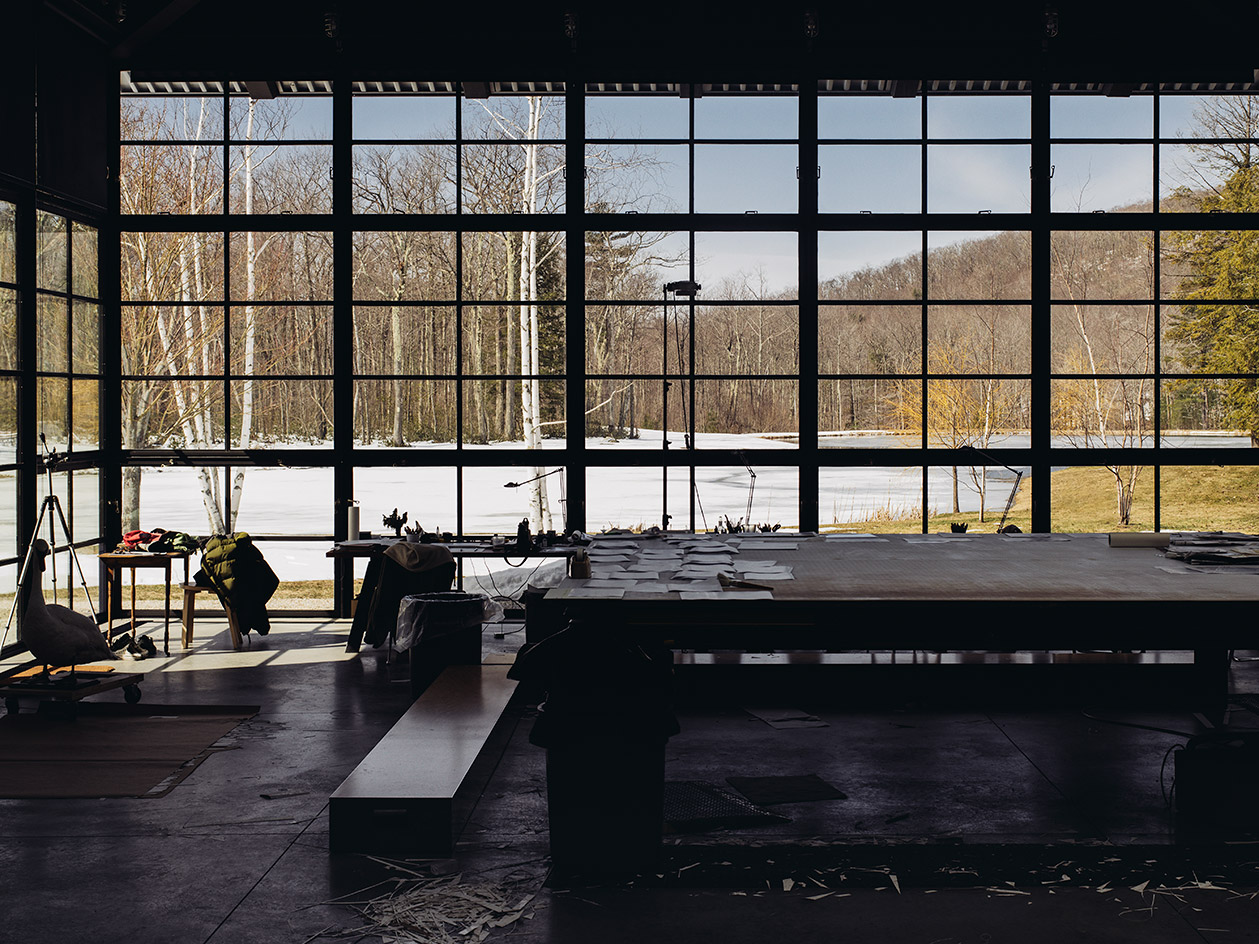
Geordie Wood - Photography
To get to Roni Horn’s home and studio in upstate New York, you drive through farm villages, past horses grazing on meadows, and after a few turns, reach a gate leading to a rugged dirt road. Even on a balmy spring day, the road is covered in a layer of ice. It’s a long, winding ascent until you reach another turn, passing by two seal-brown buildings, before finally reaching a house overlooking a small lake, with floor-to-ceiling windows and deeply set eaves on each end. The sun pours through the building, bathing the space in a cool light on this slightly overcast day.
Horn and a friend purchased the 100-acre piece of land in 2005. ‘We got it so we would have real privacy,’ says Horn. This urge for isolation is no surprise from an artist who in 1982 chose to live solo in a lighthouse in Iceland for two months. Horn does, though, still maintain her 6,000 sq ft Manhattan studio, which houses her most precious personal possession: her collection of books. She grew up in and around New York City and hasn’t given up on it entirely.
Horn designed the country studio herself, primarily as a space to create drawings and photographic works (her large-scale sculptural works are produced by outside fabricators). And like her work, the studio is shaped by the environment in which it was created. Horn says that its mountainside location leads to violent winters, with heavy wind, deep snow, and impenetrable ice. ‘The structure takes an incredible amount of abuse,’ she says, something she had to consider in its design. ‘We get a lot of wind and snow, and these wide eaves really protect me and the building as well.’
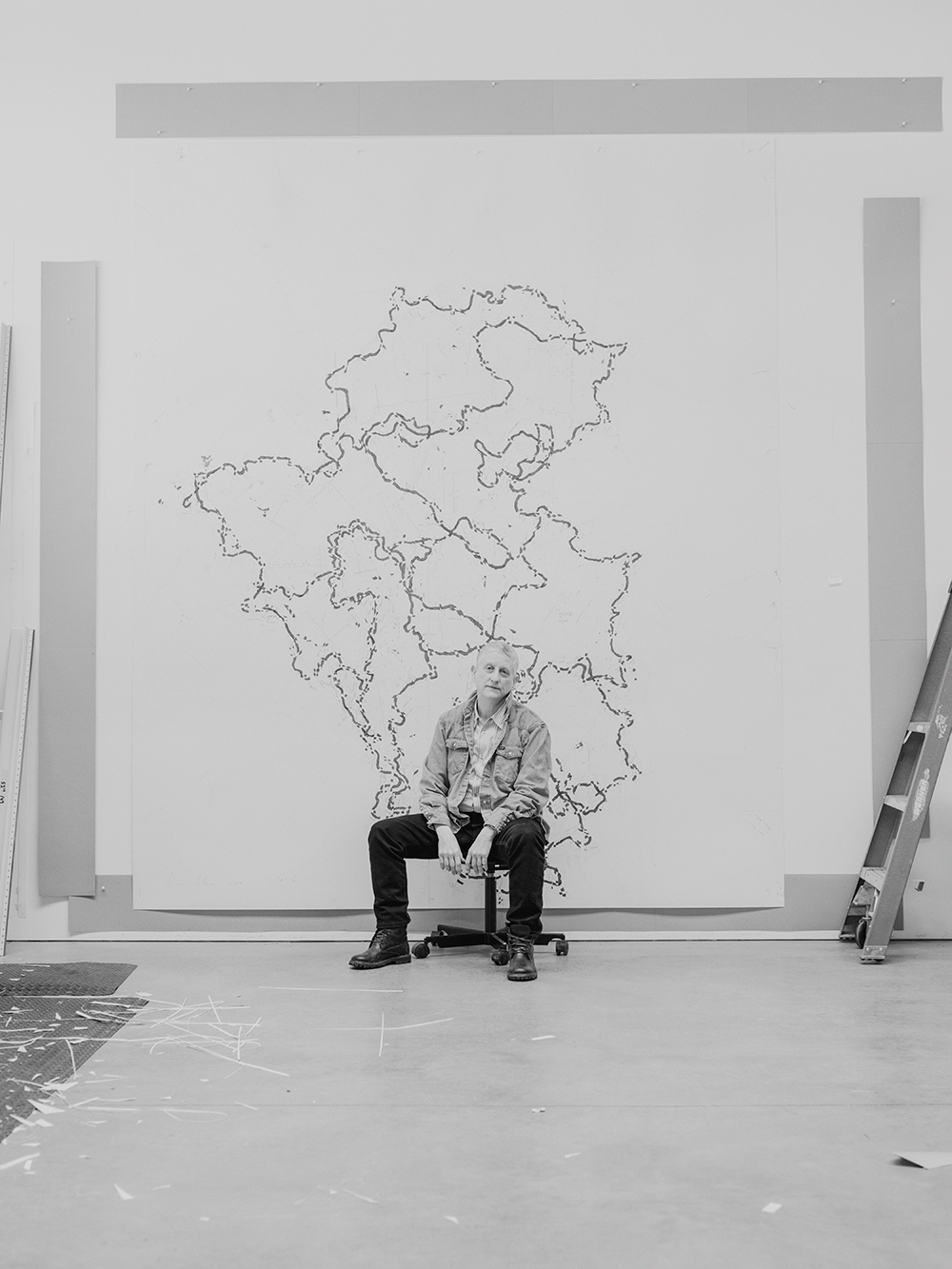
A portrait of the American artist at her studio in Austerlitz, NY.
The airy ceilings and polished concrete floors emphasise the industrial feel of the space, though it mostly recedes into the environment. On one side, a shelving unit is lined with bright pigments from Germany, Iran, and even Iceland – strikingly beautiful, but also strikingly toxic, Horn tells me. ‘The pigments are all heavy metals. Beauty and toxicity are very simple and strange; there is a correlation that I haven’t figured out.’ (That tension between violence and serenity, or brutality and beauty, is a continuous theme in Horn’s work.) The studio also houses tools such as epicly sized straight-edges and rulers; a long drawing table facing the lakeside wall of windows, piled with books, paper, and pencils; and a sound system to listen to music (Horn mentions Kanye West, George Gershwin, Cole Porter and Kurt Weill) and podcasts while working.
But most striking are a series of drawings hanging from the walls, still in the process of completion. It’s this suite of drawings that will be premiered at Horn’s show at Hauser & Wirth in Zurich this summer. Horn’s practice has fluctuated within the confines of ‘conceptualism’ or ‘minimalism’ – though the artist scoffs at the notion of being considered minimalist, or pigeonholed in any other way. However, material and its potency, and sometimes duplicity, have been central to her work. Whether working in aluminium, glass or photography, she’s explored media until she feels she has completed or exhausted them.
Drawing, however, offers the artist something different – an eternal and incremental journey. Horn has often compared drawing to breathing, a necessary function that keeps her practice moving and evolving between bigger and often riskier works. ‘It’s something I need to do to keep peace with myself, so that I can take the kind of risks I feel are necessary for me,’ says Horn. ‘The sculpture and the photo installations are very high-risk conceptually and also technically, so drawing in a way gives me the strength to extend myself out into the wilds [of my practice].’
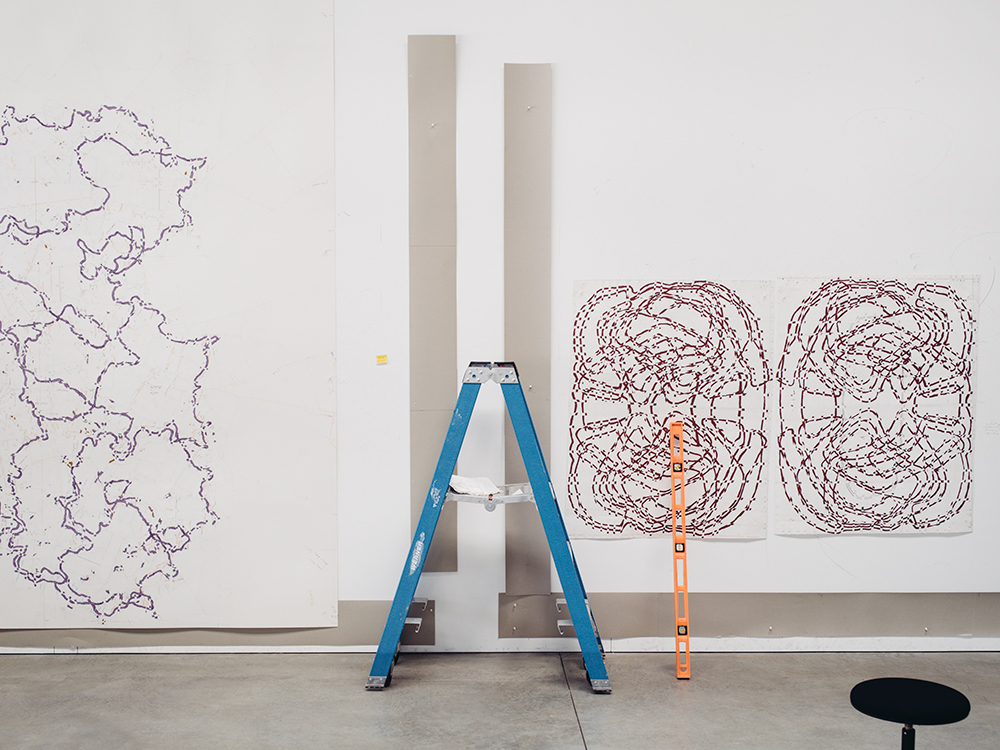
Some of Horn’s works in progress in her studio.
Horn began working on her ‘pigment drawings’, made from powdered pigment, turpentine and varnish applied to paper, in the 1980s. Often on the small scale, early works were conceived as near identical pairs or trios of deeply pigmented abstract shapes; eventually colour receded to make way for cut and reassembled pieces of paper that blossom into architecture-like creations. In her most recent iteration, Horn has cut and arranged shards of paper, or ‘plates’, into large-scale works that, as a viewer, you’re lost inside. Look closely and you find fragments of language, numbers and symbols throughout the works. ‘It’s like a record, like a tracing of time. The drawings actually function on that level in addition to whatever graphic I start out with,’ explains Horn. ‘At some point, the process comes to an end and it’s a very intuitive ending. It’s very, very undramatic – more an athletic process, actually.’ The intensity of the process comes through in the shards of paper strewn around the base of a custom-made table on which she makes these drawings.
Alongside the new series of pigment drawings, Horn will premiere a wall-covering installation, entitled Wits’ End Sampler, born from a project she has been working on for years, asking friends and strangers to write out idioms or clichés. She collected over a thousand handwritten phrases, such as ‘When pigs fly’ or ‘Dumb as bricks’. The unedited contributions, complete with misspellings and malapropisms, will be screenprinted and applied to the walls of Hauser & Wirth’s second-floor galleries.
As we talk, Horn points out a charm of yellow finches near the window. We look for a moment as a quietness coats the room, and I recall a common experience I’ve had with her work – that of a pure moment of stillness, a stillness increasingly hard to find. This is what the artist has made an effort to create around her. ‘When I’ve had the choice [in my life] to make, it was always toward the solitary – being out in the wild with complete psychological freedom,’ says Horn. And looking out into the vast forest around her and the tranquil lake, it’s clear that she’s found that.
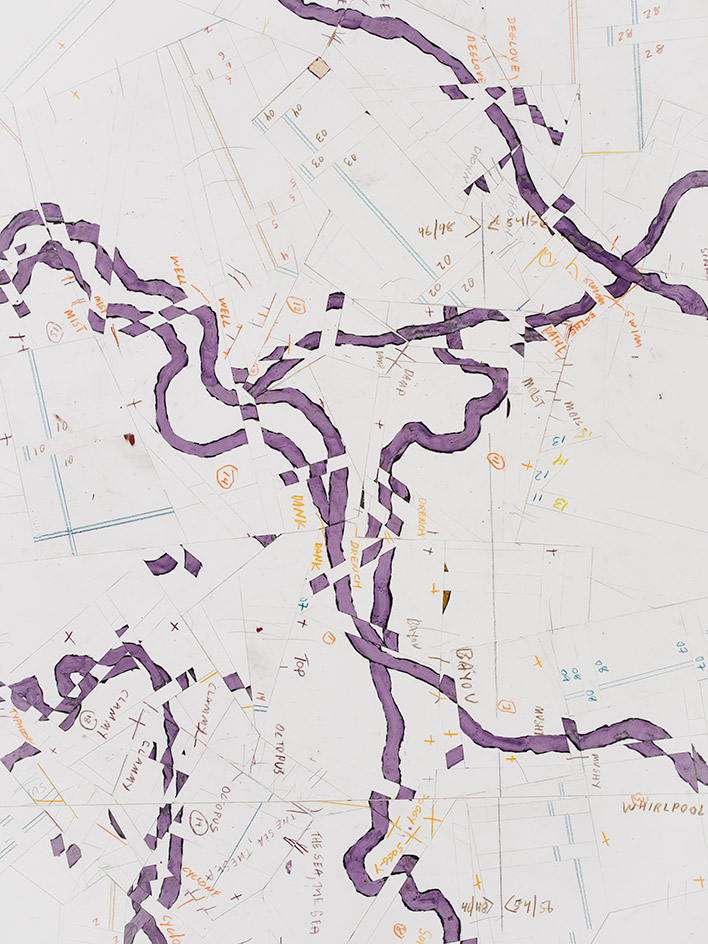
In progress, a pigment drawing featuring fragments of language, numbers and symbols.
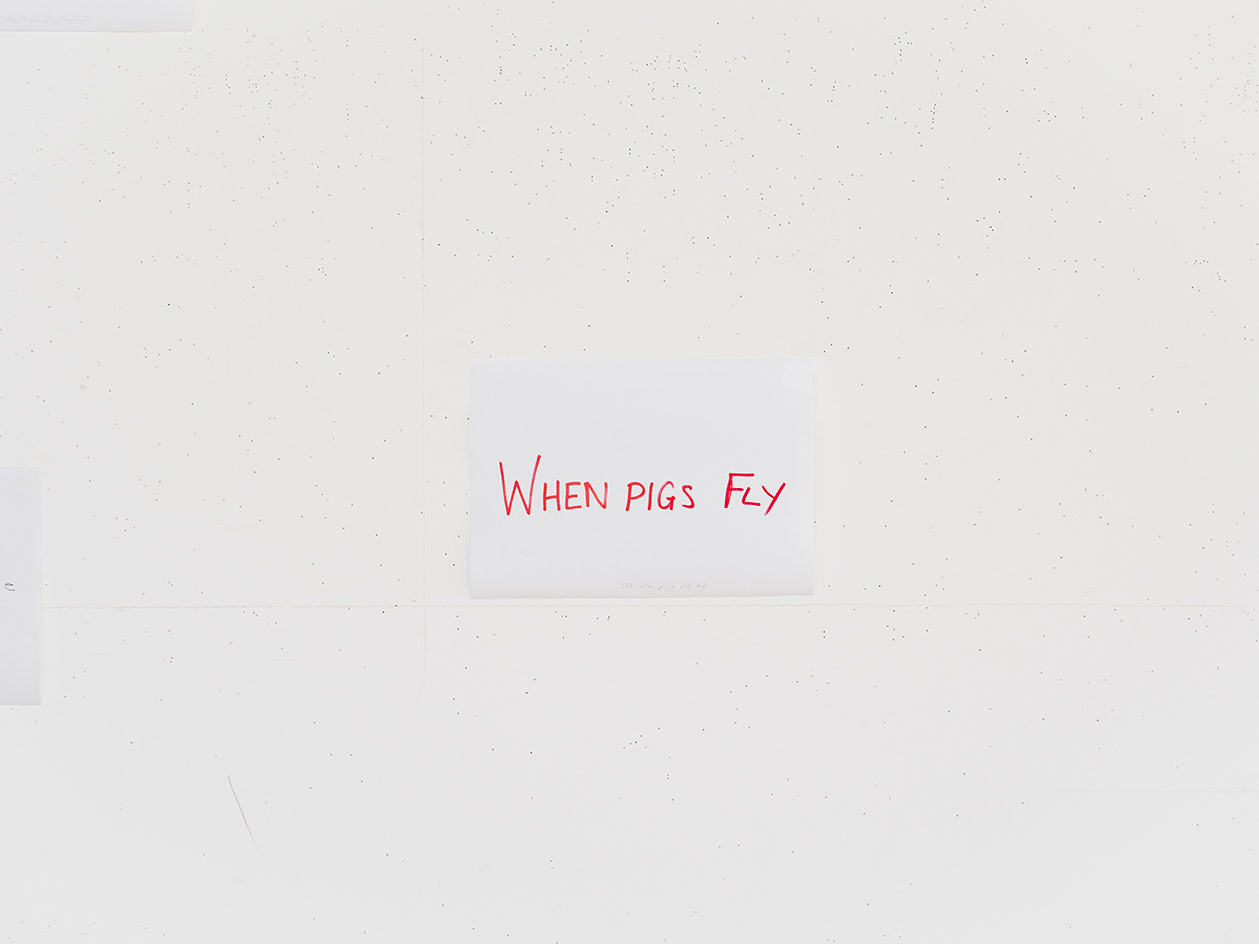
One of the thousands of idioms collected by Horn for her new piece, Wits’ End Sampler.
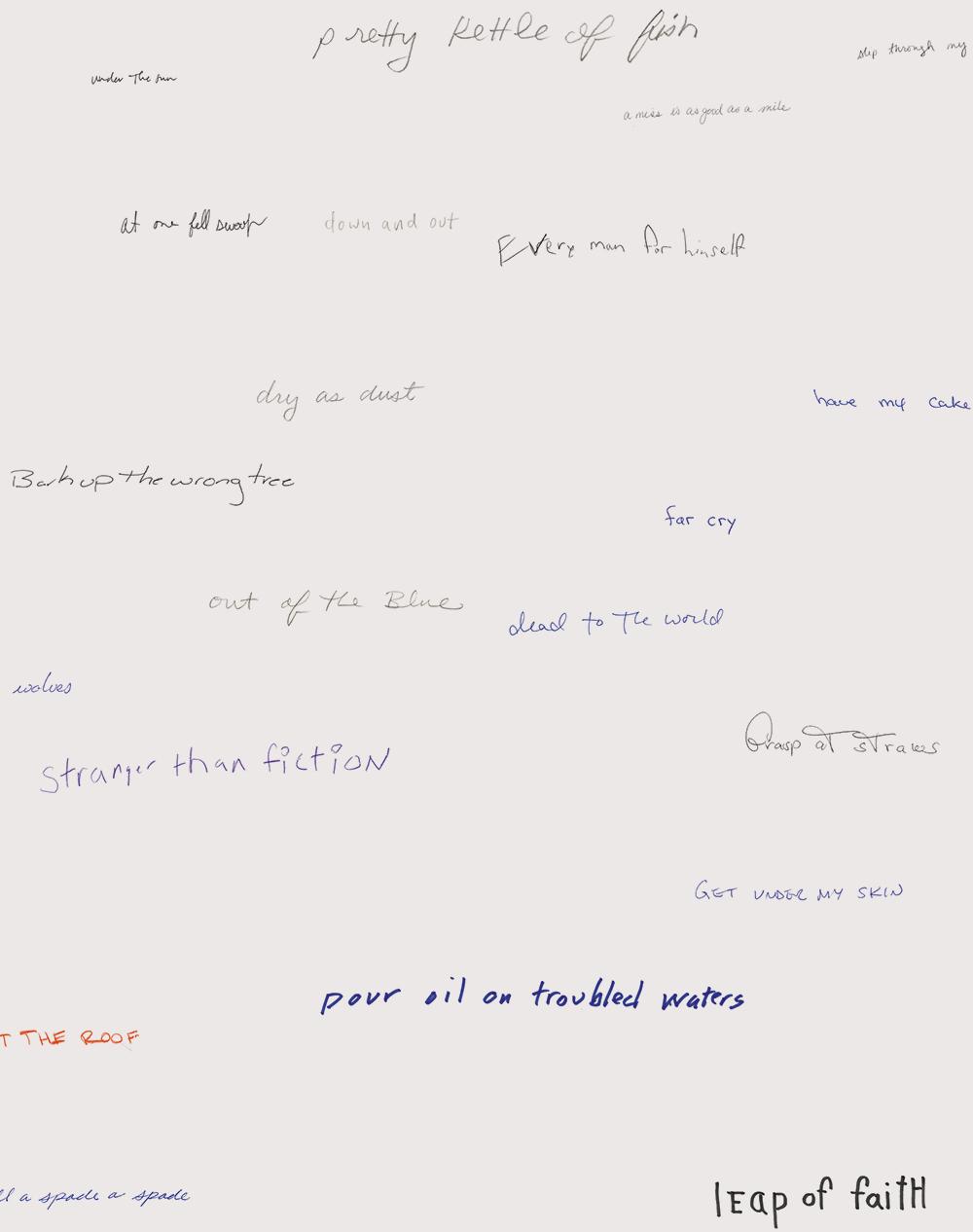
Detail of Wits’ End Sampler, 2010/2018, handwritten idioms silkscreened on wall.
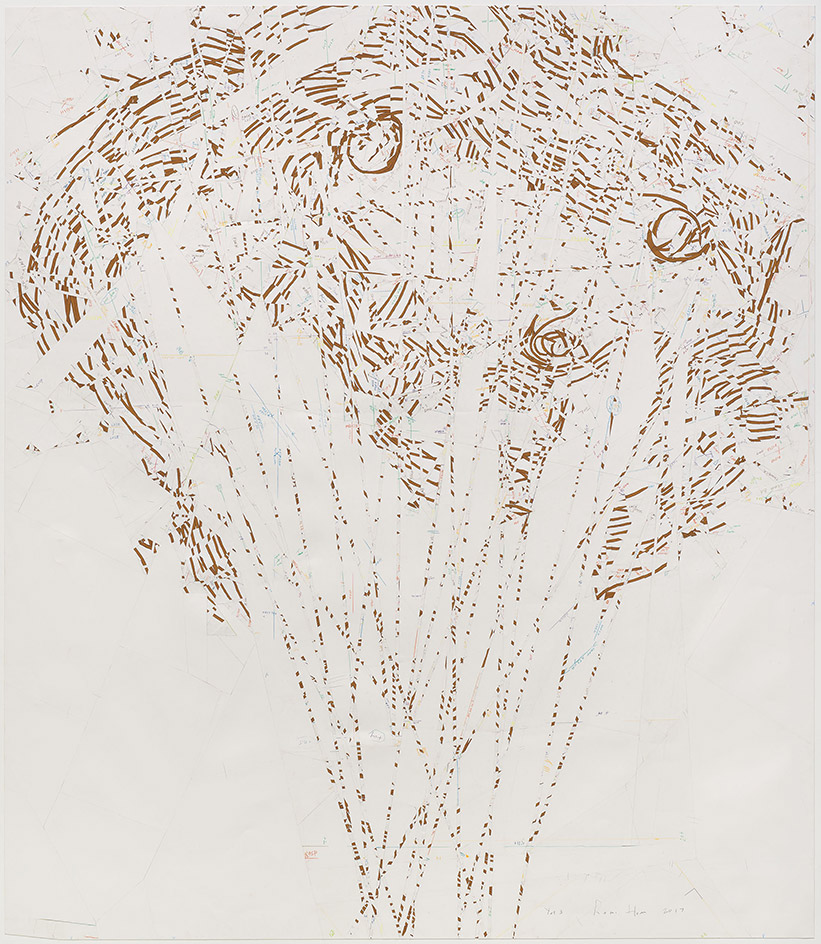
Yet 3, 2013/2017, powdered pigment, graphite, charcoal, coloured pencil and varnish on paper.
INFORMATION
‘Roni Horn: Wits’ End Sampler | Recent Drawings’ is on view from 10 June – 1 September. For more information, visit the Hauser & Wirth website
Wallpaper* Newsletter
Receive our daily digest of inspiration, escapism and design stories from around the world direct to your inbox.
ADDRESS
Hauser & Wirth
Limmatstrasse 270
8005 Zurich
-
 All-In is the Paris-based label making full-force fashion for main character dressing
All-In is the Paris-based label making full-force fashion for main character dressingPart of our monthly Uprising series, Wallpaper* meets Benjamin Barron and Bror August Vestbø of All-In, the LVMH Prize-nominated label which bases its collections on a riotous cast of characters – real and imagined
By Orla Brennan
-
 Maserati joins forces with Giorgetti for a turbo-charged relationship
Maserati joins forces with Giorgetti for a turbo-charged relationshipAnnouncing their marriage during Milan Design Week, the brands unveiled a collection, a car and a long term commitment
By Hugo Macdonald
-
 Through an innovative new training program, Poltrona Frau aims to safeguard Italian craft
Through an innovative new training program, Poltrona Frau aims to safeguard Italian craftThe heritage furniture manufacturer is training a new generation of leather artisans
By Cristina Kiran Piotti
-
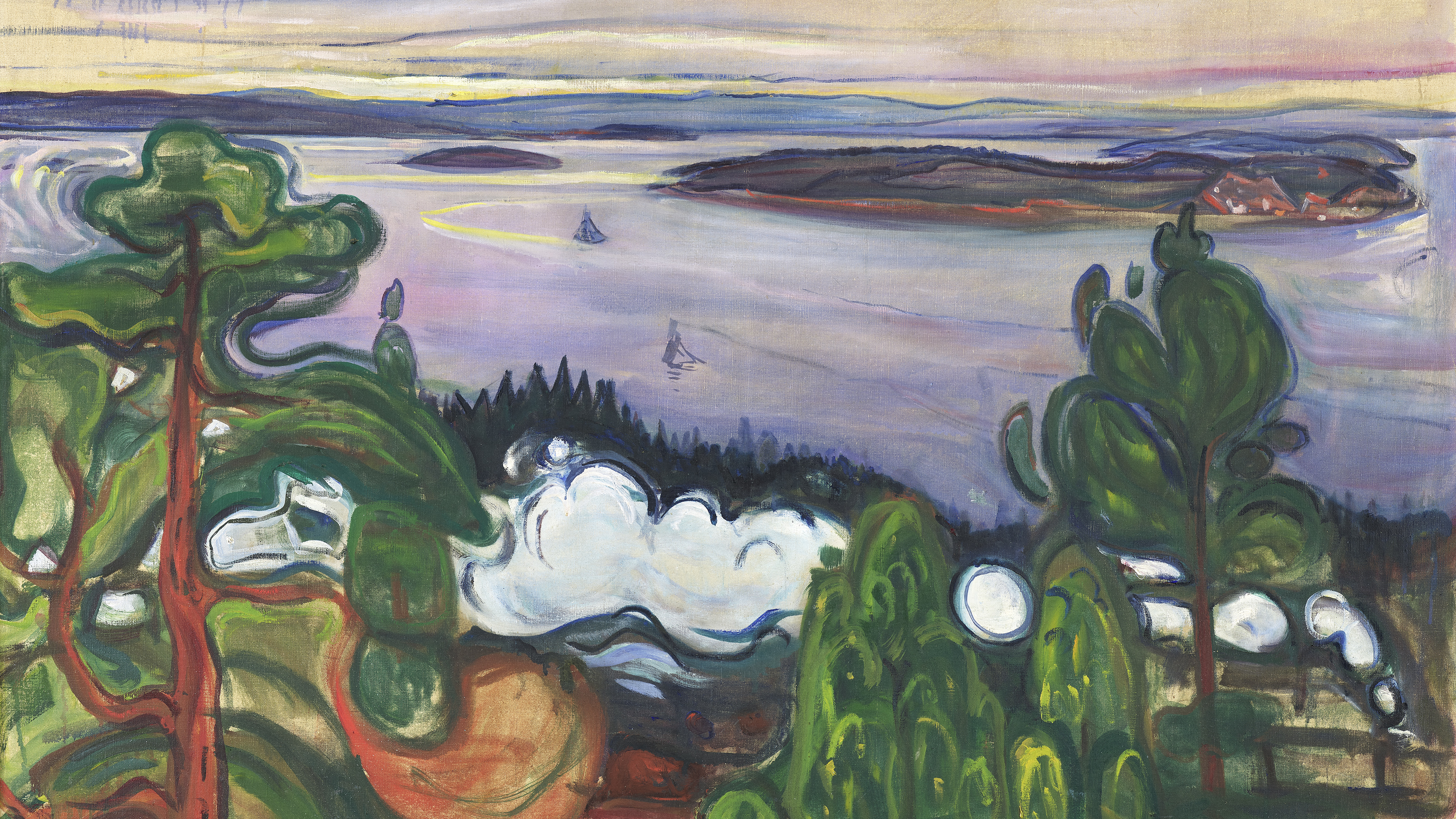 Switzerland’s best art exhibitions to see in 2025
Switzerland’s best art exhibitions to see in 2025Art fans, here’s your bucket list of the standout exhibitions to see in Switzerland in 2025, exploring compelling themes and diverse media
By Simon Mills
-
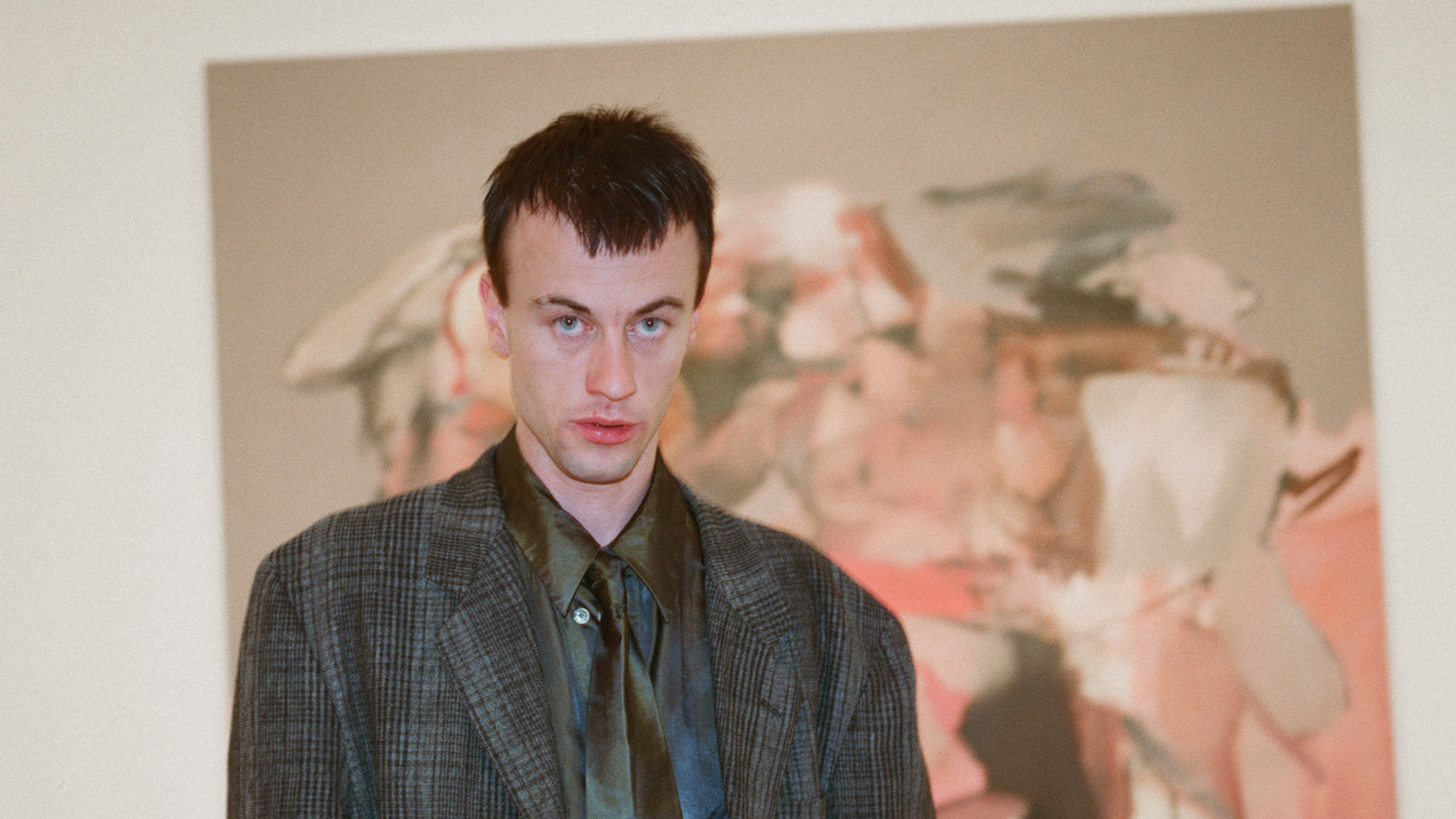 Inside the distorted world of artist George Rouy
Inside the distorted world of artist George RouyFrequently drawing comparisons with Francis Bacon, painter George Rouy is gaining peer points for his use of classic techniques to distort the human form
By Hannah Silver
-
 Out of office: what the Wallpaper* editors have been doing this week
Out of office: what the Wallpaper* editors have been doing this weekA snowy Swiss Alpine sleepover, a design book fest in Milan, and a night with Steve Coogan in London – our editors' out-of-hours adventures this week
By Bill Prince
-
 Inside Jack Whitten’s contribution to American contemporary art
Inside Jack Whitten’s contribution to American contemporary artAs Jack Whitten exhibition ‘Speedchaser’ opens at Hauser & Wirth, London, and before a major retrospective at MoMA opens next year, we explore the American artist's impact
By Finn Blythe
-
 The lesser-known Los Angeles galleries contributing to a vibrant art scene
The lesser-known Los Angeles galleries contributing to a vibrant art sceneOutside of LACMA, MOCA and The Broad, these independent LA galleries are major players in the art world
By Kevin EG Perry
-
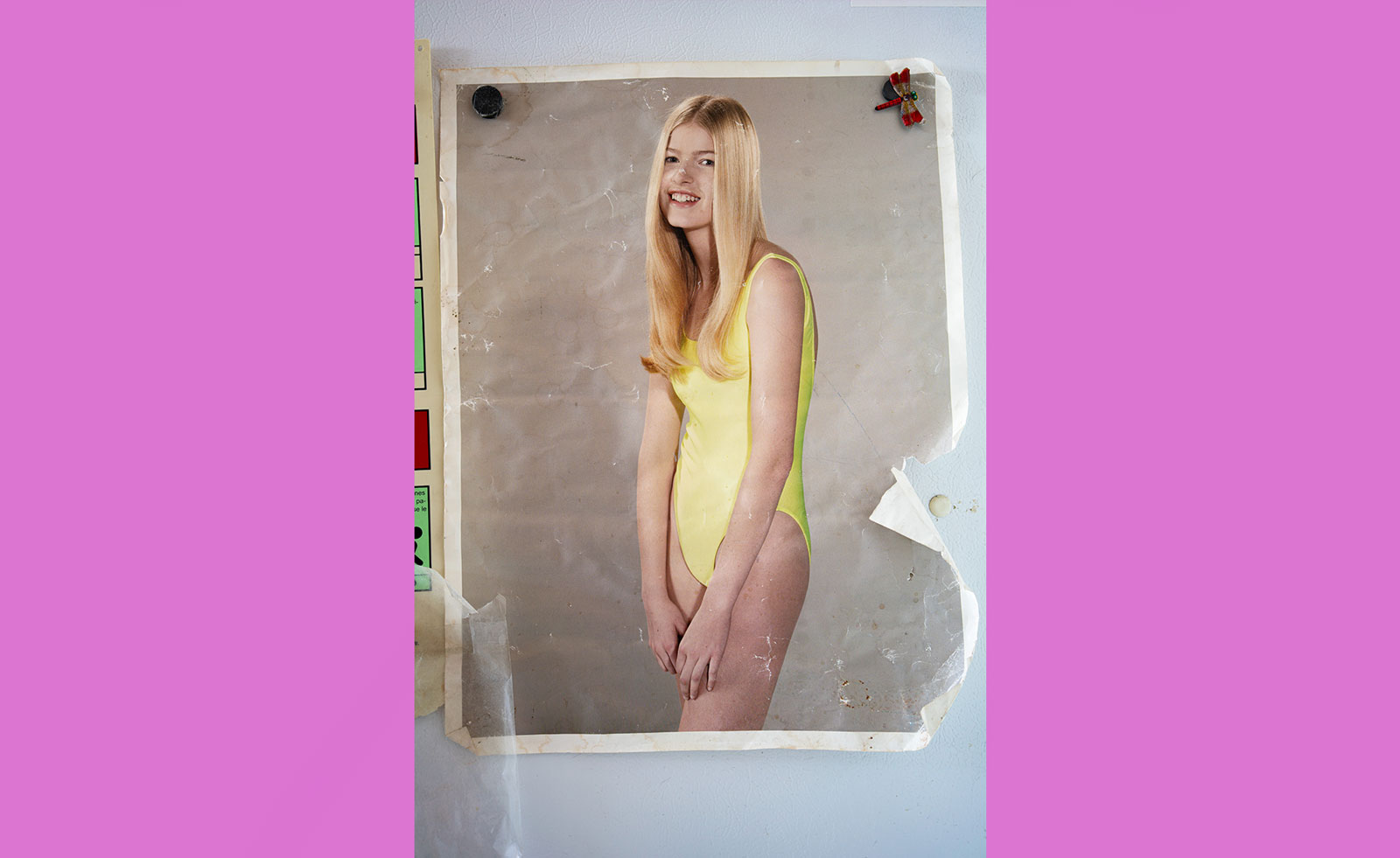 ‘Happy birthday Louise Parker II’: enter the world of Roe Ethridge
‘Happy birthday Louise Parker II’: enter the world of Roe EthridgeRoe Ethridge speaks of his concurrent Gagosian exhibitions, in Gstaad and London, touching on his fugue approach to photography, fridge doors, and his longstanding collaborator Louise Parker
By Zoe Whitfield
-
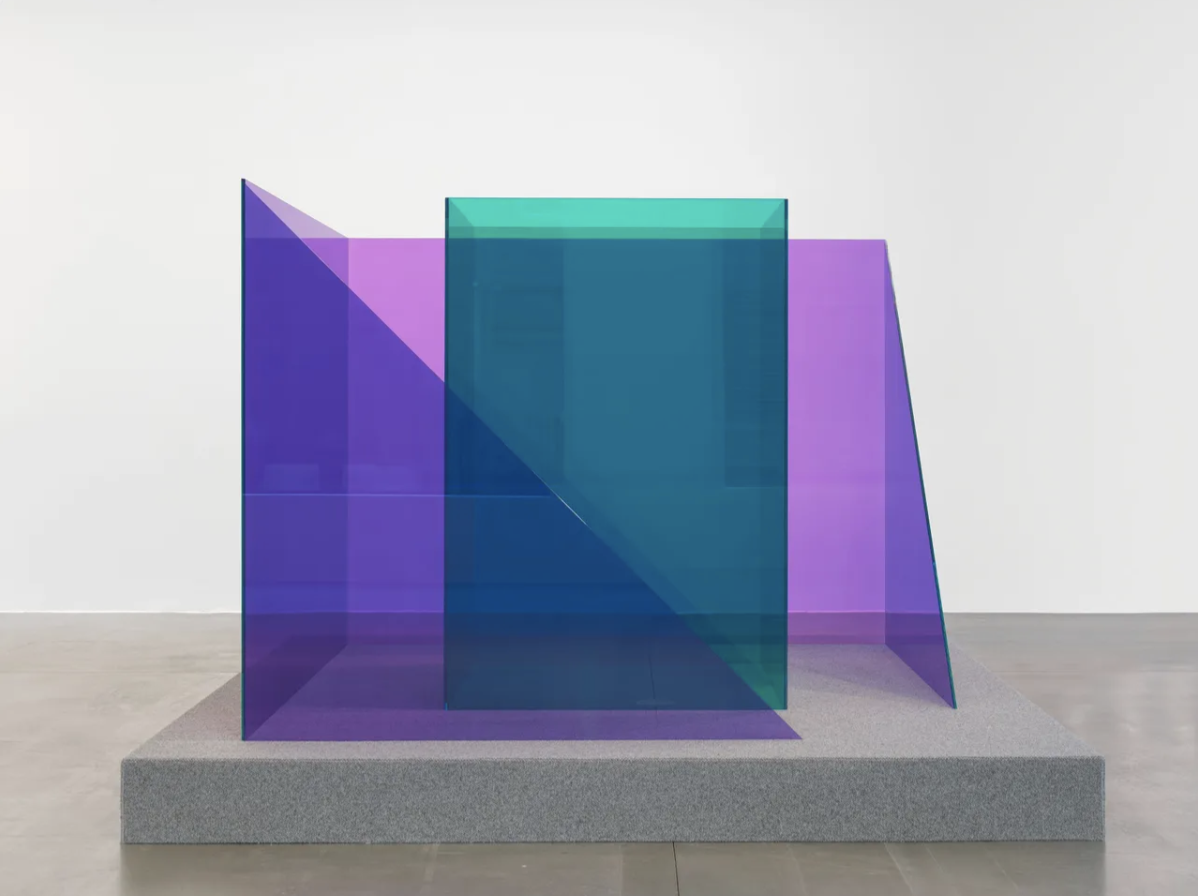 Larry Bell explores the ethereal nature of glass in Monaco
Larry Bell explores the ethereal nature of glass in MonacoLarry Bell's retrospective at Hauser & Wirth, Monaco, unites old and new work
By Finn Blythe
-
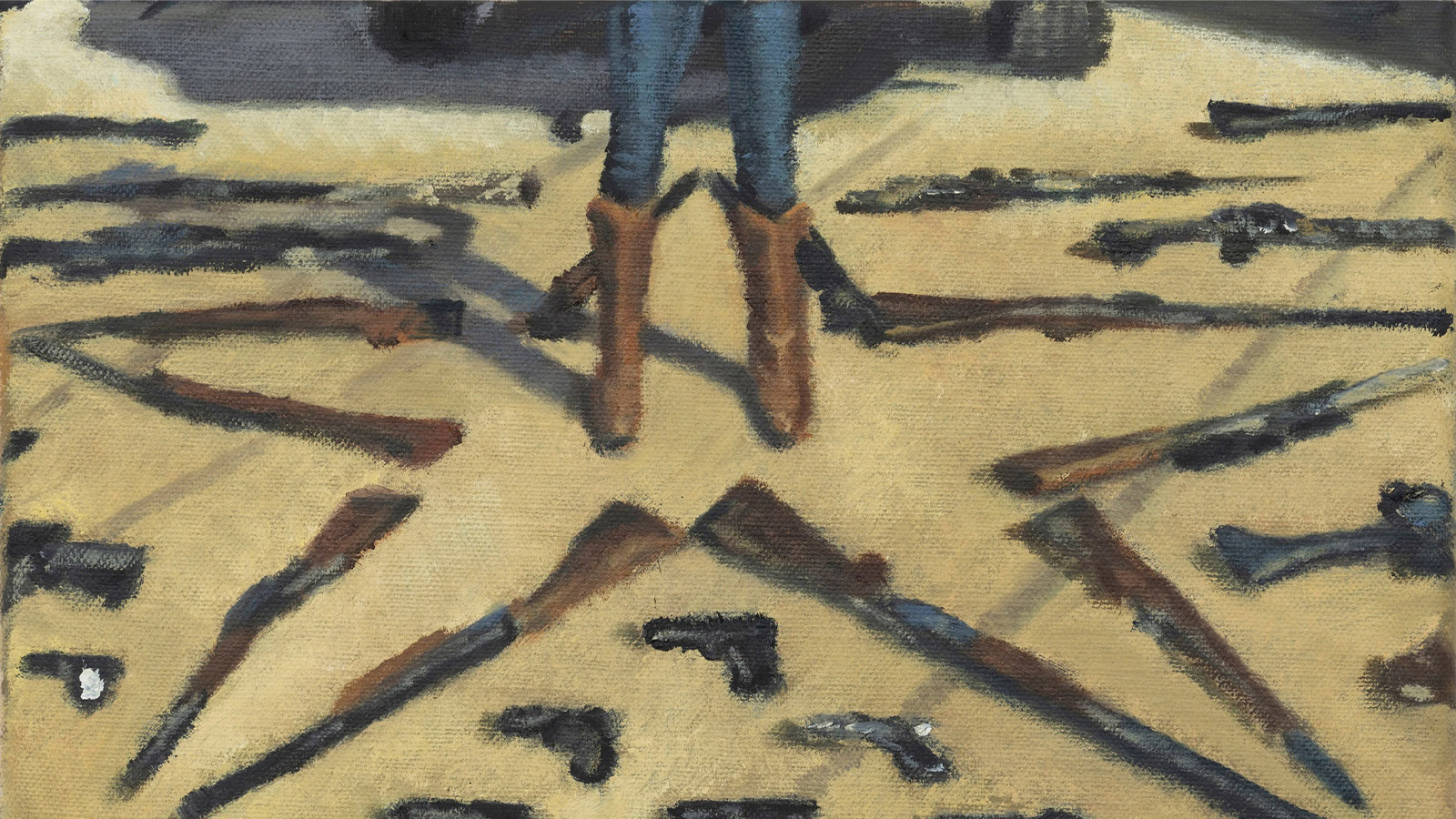 Los Angeles art exhibitions: the best shows to see in April 2025
Los Angeles art exhibitions: the best shows to see in April 2025Read our pick of the best Los Angeles art exhibitions to see this month, from Issy Wood's confession and concealment at Michael Werner Gallery to a Diane Arbus retrospective at David Zwirner
By Carole Dixon